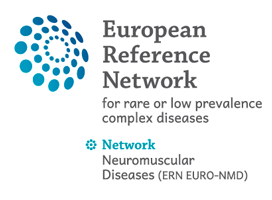19 Apr 2023
Development of Continuum of Care for McArdle disease: A practical tool for clinicians and patients
Authors:
S.L. Reason a,∗, N. Voermans b, A. Lucia c, J. Vissing d, R. Quinlivan e, S. Bhai f, A. Wakelin a
a International Association for Muscle Glycogen Storage Disease, CA, USA
b Department of Neurology, Radboud University Medical Centre, Nijmegen, the Netherlands
c Center for Research in Sport and Physical Activity, European University of Madrid, Spain
d Copenhagen Neuromuscular Center, Rigshospitalet, Copenhagen, Denmark
e MRC Centre for Neuromuscular Disease, National Hospital for Neurology and Neurosurgery, London, UK
f Department of Neurology at UT Southwestern Medical Centre, USA
McArdle disease (glycogen storage disease type V; GSDV) is a rare genetic disease caused by the inability to break down glycogen in skeletal muscle due to a deficiency in myophosphorylase. Glycolysis is only partially blocked in GSDV, as muscle fibres can take up circulating glucose and convert it to glucose-6-
phosphate downstream of the metabolic block. Because skeletal muscle predominantly relies on anaerobic energy during the first few minutes of transition from rest to activity, and throughout more intense activities, individuals with GSDV experience muscle fatigue/pain, tachypnea, and tachycardia during these
activities. If warning signs are not heeded, a muscle contracture may rapidly occur, and if significant, may lead to acute rhabdomyolysis. Without a cure or treatment, individuals with GSDV must be consistent in employing proper management techniques; however, this can be challenging due to the nuances inherent
in this metabolic myopathy. The International Association for Muscle Glycogen Storage Disease collaborated with an international team of five expert clinicians to identify areas of learning to achieve an optimal state. A Continuum of Care model was developed that outlines five pivotal steps (diagnosis; understanding;
acceptance; learning and exercise) to streamline assessments and more succinctly assist clinicians in determining patient-specific learning needs. This model serves as a translational tool to help optimize care for this patient population.

